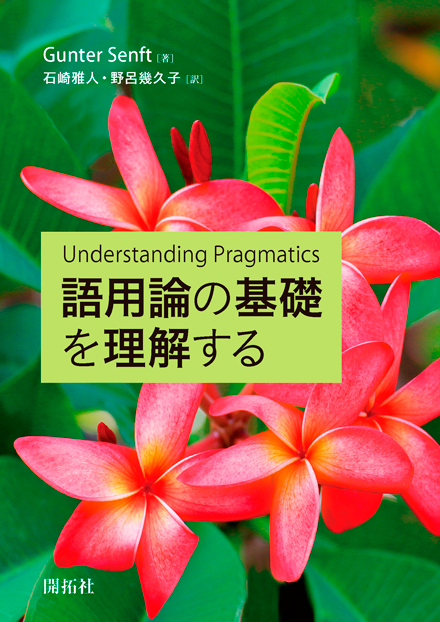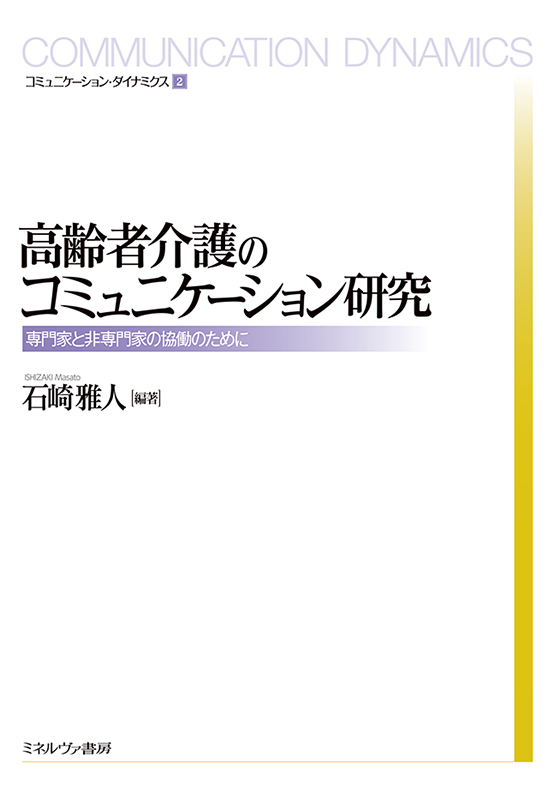
Title
Goyoron no kiso wo rikai suru (Understanding the Basics of Pragmatics)
Size
328 pages, A5 format
Language
Japanese
Released
September 23, 2017
ISBN
978-4-7589-2246-3
Published by
Kaitakusha
Book Info
See Book Availability at Library
Japanese Page
Understanding the Basics of Pragmatics is a complete translation of Gunter Senft, Understanding Pragmatics, London and New York: Routledge, 2014. In explaining pragmatics, Voltaire (1694-1778), a French philosopher, is sometimes quoted:
When a diplomat says “yes,” he means “maybe”;
When he says “maybe,” he means “no”;
When he says “no,” he is not a diplomat.
The literal meaning of "yes" and "no" is affirmation and negation, respectively. How does "yes" come to mean "maybe" and "maybe" to mean "no"? There are many examples in our daily life in which an utterance conveys something other than what is said. When working on an assignment with your friend on a cold winter day, if your friend asks, "Isn’t it a little cold?" you will likely say, "You’re right," and turn on the heating. However, literally speaking, your friend simply asked a question and did not ask you to turn on the heating. In what way does the question "Isn’t it a little cold?" lead to the listener turning on the heating?
Pragmatics is an academic discipline that includes diverse fields and explains the ways in which language is used and embedded in context. It consists of various theories by which research questions—such as that posited above—are pursued.
The current volume first provides comprehensive explanations on the theories of speech acts and inferences in conversation in the context of how one understands and uses everyday language. At the same time, it discusses their critical re-examination from the perspective that underlies the volume. Chapter 2 discusses findings regarding deixis, a linguistic expression that only makes sense when the context is considered, and gesture to show that language use is fundamentally multi-modal. The next three chapters explain the function of human communication behavior; language use in culture and society; normative interaction in relation to communication, which forms the basis of culture and society; and order of interaction. Chapter 6 elucidates the contribution of pragmatics to language education policies and presents research on how politics is shaped by language.
More often than not, language/communication is evaluated in reference to efficiency or accuracy; while cultural and social diversity have been repeatedly examined, they are rarely investigated in relation to language and communication. This volume discusses major findings about pragmatics from the perspectives of philosophy, psychology, human behavior, culture, society, and politics and presents a critical overview of its history and current circumstances. As such, it enables us to examine the contexts of language and communication from diverse perspectives.
(Written by ISHIZAKI Masato, Professor, Interfaculty Initiative in Information Studies / 2019)



 Find a book
Find a book



